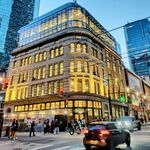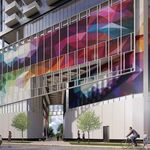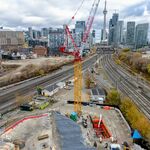Skeezix
Senior Member
Member Bio
- Joined
- Apr 25, 2007
- Messages
- 4,343
- Reaction score
- 2,689
- Location
- East of this, west of that
But the city doesn't own it. The building owners do. And it took years of negotiation for all the parties to agree to the current system came into use in the early '90s. You have to remember that the building owners have a vested interest in making it hard for you to leave their buildings and walk away from their tenants' businesses.
They do have such an interest, but I think that was a bigger concern decades ago. Now, it is absolutely crucial for a building to be connected to the PATH, and the system is like a highway of sorts that can draw in as many customers as it permits to leave. Even one's own tenants are more likely to frequent your concourse if it's connected to other things. I am not too sure that many building owners today think that confusing way-out signage in the PATH is a particularly effective customer retention strategy.
But you are dead on when you identify the need to satisfy building owners. They will all have their own commercial interests, which any new system will have to address. I can't imagine too many of them would be keen on a plan, for example, to name the "streets" in the PATH (not that the PATH actually has linear streets), as they undoubtedly prefer sections of the network to be known by the building's own branding. The Keenan article talks coloured lines on the floor - yeah right. I can just see the owners of Bay Adelaide and Scotia Plaza, who are spending a fortune on new flooring, adding coloured adhesives to the floor.
Last edited:





